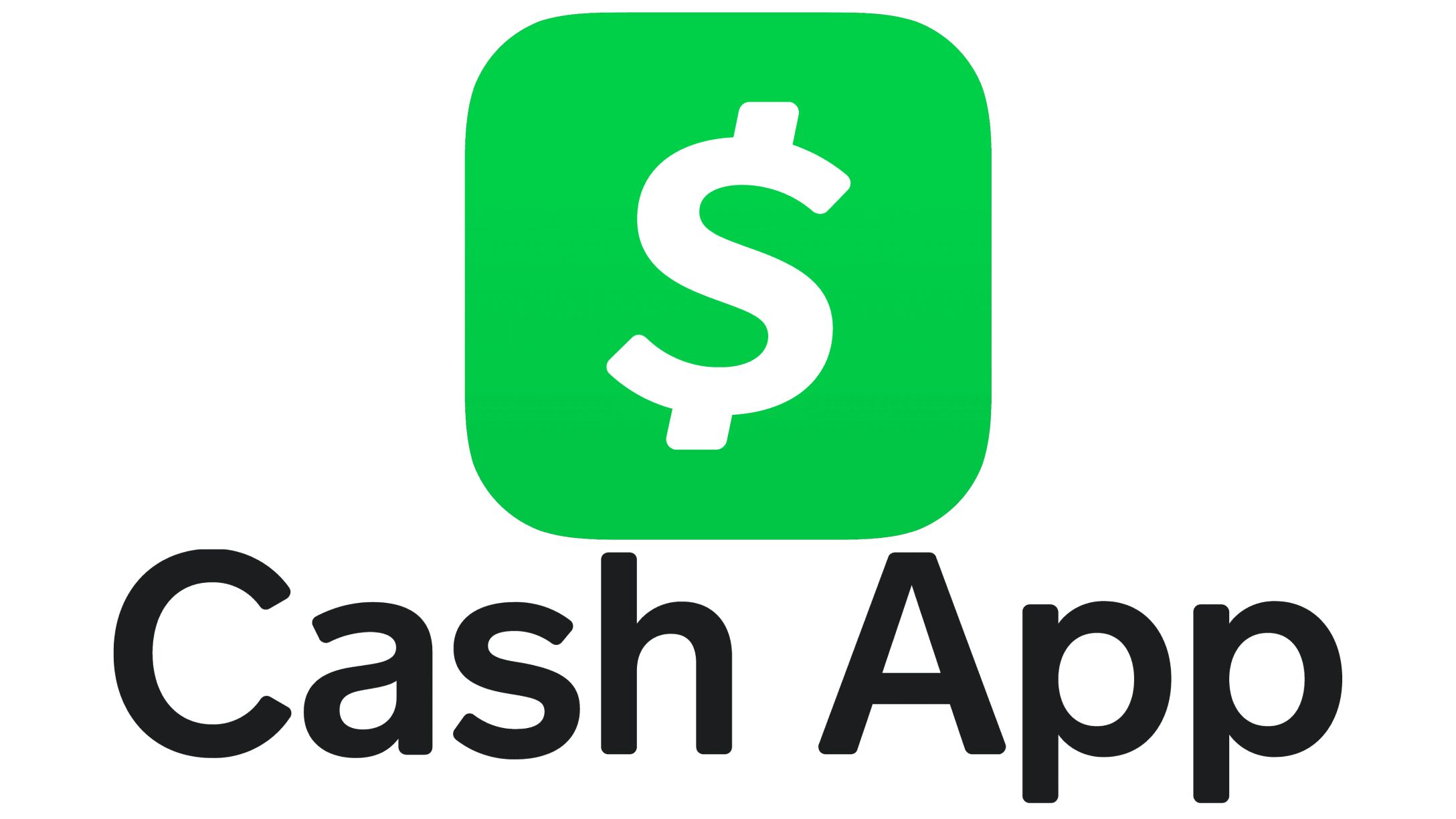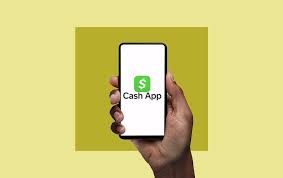
Is The Cash App A Checking Or Savings Account?
People can quickly receive and send money to others using Cash App on their mobile devices. Cash App offers the choice to buy stock and Bitcoin through its platform in addition to mobile banking. Consequently, is the Cash app a checking or savings account? Cash App is not a checking or savings account, either. Please continue reading if you want to learn more about the cash app.
What Is Cash App?
People can quickly send, receive, and invest money using the P2P payment app Cash App. Formerly known as Square, Inc., Block, Inc., launched the app in 2013 (initially named Venmo, PayPal, and Square Cash are examples of mobile payment apps.
A financial platform, not a bank, is Cash App. It offers debit cards and banking services via its bank partners. Your account balance is protected by the Federal Deposit Insurance Corporation (FDIC) through partner banks.
Through Cash App Investing LLC, a broker-dealer registered with the Securities and Exchange Commission (SEC) and a participant in the Financial Industry Regulatory Authority (FINRA), Cash App offers investing services.
Users of the Cash App can send and receive cash, obtain a debit card, and set up direct deposits. Customers can invest as little as $1 in stocks using the investing feature. Buy purchasing fractional shares, which are stock-based units. Through the app, users can buy, sell, or transfer Bitcoin.
Users can file their taxes for free with Cash App Taxes (previously Credit Karma Tax). With the addition of this service, Cash App is quickly developing into a one-stop shop for financial services.
Is Cash App A Savings Or Checking Account?
A checking or savings account is not what Cash App is. A simple financial platform, it collaborates with banks to offer financial services. Lincoln Savings Bank and Sutton Bank are collaborators on the Cash App platform.
To provide financial services, Lincoln Savings Bank assists Cash App. In a nutshell, the bank is where users deposit their cash into the Cash App. The Cash App Cash Card, on the other hand, is a debit card issued by Sutton Bank that enables you to access your money from ATMs and make purchases.
Saving Account Features Of Cash App
- Accessibility: You can easily and quickly transact with peers as well as businesses thanks to the money on your Cash App. A straightforward mobile app allows you to have a ready source of money that you can access whenever you need it without having to pay any fees for basic services.
- ATM Facility: There are a few restrictions in place here, but you can use ATMs to withdraw money if you need to from your Cash App account.
- Debit Card: A debit card known as the Cash Card is an option you have access to. You can use this to access an ATM and make payments. The money in your bank accounts will not be accessible with this card; instead, you will only be able to access the Cash App funds.
- Storing Money: You can set aside money in your Cash App wallet that you might need in the event of an emergency or an urgent transaction while also having the ability to keep reloading it.
Checking Account Features Of Cash App
You can find the direct deposit feature that you would typically find in checking accounts in addition to the simple accessibility, ATM withdrawals, and debit card features that both savings and checking accounts offer.
In other words, your employer or any other payer can directly deposit your payment into your Cash App account, from which you can start spending or transferring. However, you must first set up the direct deposit feature.
You’ll be able to avoid the ATM fees by doing this as well.
Since both of them are designed for quick transactions, transfers, and deposits, a Cash App account and a checking account are somewhat comparable.
The Functions Of The Cash App
The mobile app, which has ratings of 4.7 stars on iOS and 4.6 stars on Android, must first be downloaded in order to use Cash App. Online account creation is also an option. The app has a number of tabs for its different services, including banking, debit cards, payments, investing, and Bitcoin.

Send And Receive Money
You’ll link an existing bank account to your Cash App account after creating an account. You can send and receive money using the mobile app once a payment source is connected. A user can create a payment by entering a dollar amount in the green payment tab and then tapping “Request” or “Pay.”
The username that each Cash App user creates is known as a $Cashtag. By looking up their $Cashtag, you can locate people or companies to send or receive money from.
Additionally, you can look people up by name, contact information, or email address. You have the option of sending money from your linked funding source or your Cash App balance.
Transfer Money
When payments are received, the funds are kept in your Cash App balance. You have the option of leaving it there or moving it to your associated bank account.
You can choose a no-fee standard transfer, which typically takes one to three business days to complete, or an instant transfer, which costs 0.5% to 1.75% of the transfer amount, with a minimum fee of $0.25.
Add Money
By going to the banking section of the app and selecting “Add Cash,” you can add money to your Cash App account.” Select the desired sum, then tap “Add.”
How To Get Started With Cash App?
You must first create an account online on your computer, smartphone, or tablet in order to use Cash App services. A phone number, email address, and a debit or credit card that you will use to fund your account are all required.
When you have everything you need, go to the Cash App website to start the application process. You can create a Cash App account by following the steps below.
- On your phone, download the Cash App.
- Open the application and enter your US phone number. For added convenience, you can start by adding your email address.
- You can opt to receive a verification code via email or your phone number. You can then enter the confirmation code in the space provided after receiving it.
- Your phone number or email will then be validated by Cash App.
- Add a bank account after that to aid in financing your Cash App transactions. The transfer can also be postponed until later. It is simple to open a free online checking account without making an initial deposit.
- In order to fund your transactions, you can also add a debit card. Neither business debit cards nor ATM cards should be added.
- Next, select your preferred $Cashtag. You can send money to your Cash App account by sharing the $Cashtag, a special code, with other people. A minimum of one letter and a maximum of 20 characters must be used for the $Cashtag username.
You can begin utilizing the services in the most appropriate ways once you have finished setting up your account.
Final Thoughts
Cash App is not a savings or checking account. Cash App is not a bank. One of the original mobile payment app types is Cash App. Through it, you can send and receive money, bank, and make investments.
To assist in funding your transactions, you can add a debit card or a bank account. In order to provide its services, Cash App collaborates with partner banks.


